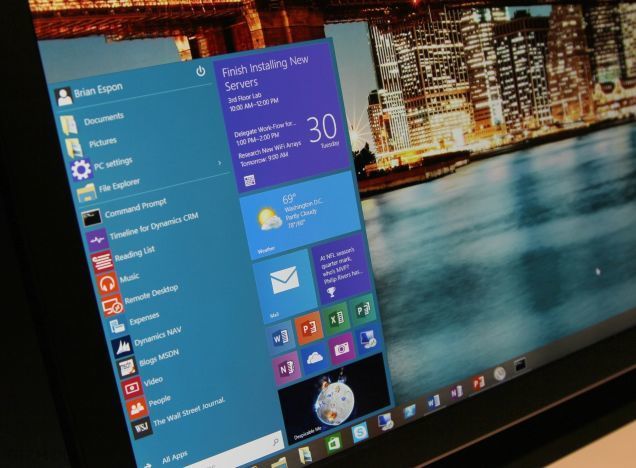Is your computer running slowly or acting weird?
If so, your computer might be infected with a virus. In this article we will cover how to remove a virus from your computer.
Knowing the enemy
If you think that your computer has a virus, you are probably right. However, it’s important to know what you are facing and whether your computer issues are due to another factor.
So the first thing you need to do is scan your computer. There are many free programs out there that will do this for you.
Getting rid of the virus
Don’t worry if the scan pointed out a virus or numerous viruses. The vast majority of viruses can be removed easily. However, you may have to spend some money on a good antivirus program.
There are some good free ones out there, but if you want to ensure that your viruses are removed effectively choose a premium option.
Double-check
Scan your computer again after you’ve chosen your antiviral program. From there you simply follow the directions of your program. Most programs will remove multiple viruses with a click of the mouse.
Unfortunately, it may take hours to remove the virus completely. It’s possible to continue using your computer while the virus is being removed, but we don’t recommend it. Using your computer while it’s infected is not safe and doing so will slow down the virus removal process.
After your program says that the virus has been removed, rescan to ensure your antivirus program has worked effectively.
If it’s still there, you will have to receive support from an IT company. If you need this additional support contact us. We can remove even the strongest of viruses.






